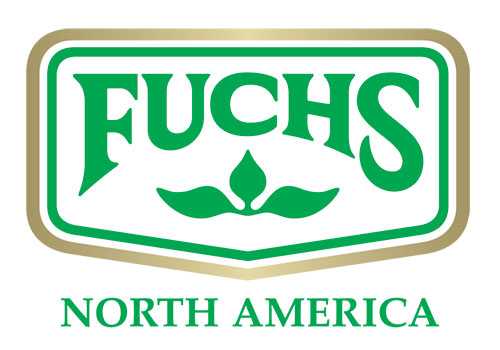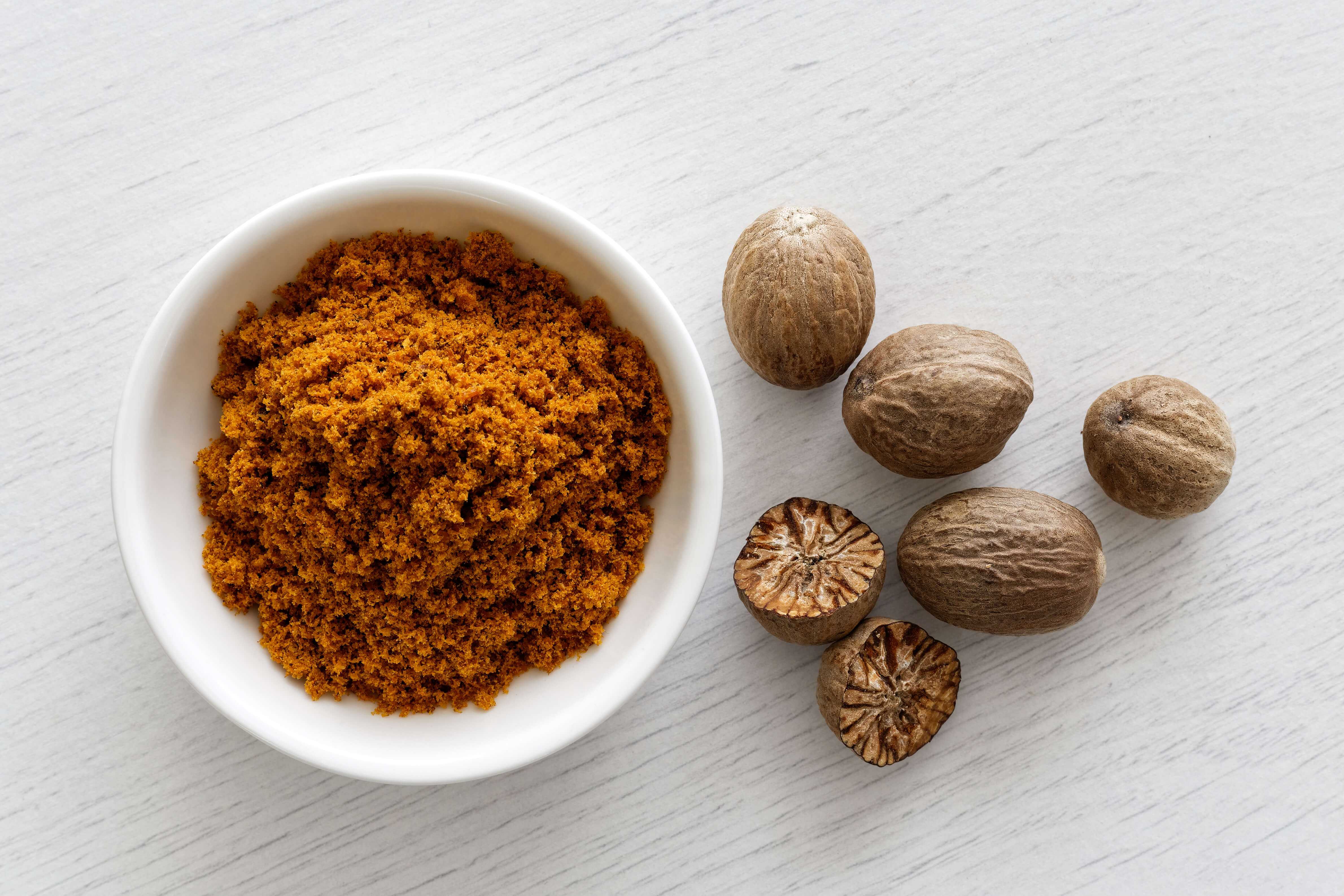What is Mace?
nutmeg. The fruit of this 40 – 60 foot tree resembles an apricot which, when ripe, splits open to
reveal a dark brown seed shell enveloped by a bright red lacy membrane or aril. This membrane is
the spice known as mace. The aril is carefully removed and flattened to dry. Within two weeks, the
crimson color changes to orange and then to brownish-yellow. During this time, the mace acquires
its characteristic aroma for which it is so valued.
with 10 pounds of dried shelled nutmeg that would come from the same tree, mace is, of
course, the more costly of the two. In the fourteenth century in England, one pound of mace was
equivalent in value to three sheep or half of a cow.
What is it used for today?
Like nutmeg, mace is most often used in bakery blends to season sweet baked goods such as
pound cake. It is often paired with nutmeg in these types of blends but may also be found in poultry
seasonings or seafood chowders. In general, mace is used in many of the same applications but
at a lower percentage due to its stronger, fuller flavor.
To learn more about the spices and seasonings that Fuchs has to offer, click here. Our experts are ready to educate your team on all things spices and seasonings. To find out more, contact us.



 For more information about Fuchs North America's products and programs that support food manufacturers in their product development needs, please
For more information about Fuchs North America's products and programs that support food manufacturers in their product development needs, please